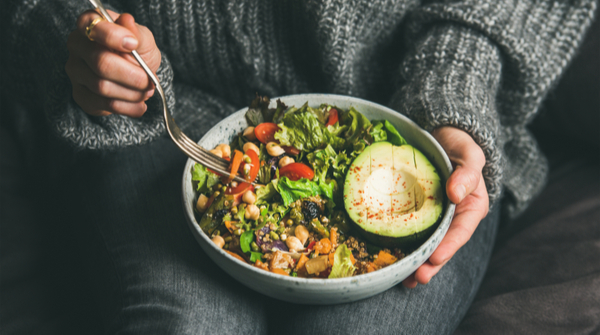Dr Navneet Agrawal, Consulting Diabetologist, Diabetes Care Programs talks about diabetes reversal.
The term ‘diabetes reversal’ is used when you are able to reduce your HbA1c (average blood glucose) below 6.5 percent without surgery or medications.
In simple terms, people with type 2 diabetes who are able to reduce their HbA1c to 6.5 percent without using diabetes medications are considered to have reversed their diabetes. However, it’s important to note that maintaining HbA1c below 6.5 percent requires long-term adherence to behavior and lifestyle changes.

Can Diabetes Be Reversed?
If you are a person suffering from diabetes, at some point in your life, you must have asked this question, “Will I ever be able to come out of this condition?” Answering this query with a straightforward ‘Yes’ or ‘No’ response is difficult. Numerous studies have shown that diabetes can be reversed for certain patients.
Who Can Go For Diabetes Reversal?
People with type 2 diabetes and pre-diabetes can reverse their diabetes with the right medical care and coaching on lifestyle changes. Type 2 diabetes is characterized by abnormally high blood glucose (sugar) levels. In this type, the body does not use insulin efficiently and blood glucose levels cannot be kept within normal ranges.
Who Cannot Reverse Diabetes?
An individual should not go for a reversal if he/she has any of the following conditions:
- Type 1 diabetes
- Pregnancy
- Cancer
- Advanced Renal Insufficiency
- Pancreatitis
- Pyruvate Carboxylase Deficiency
- Hyperchylomicronemia
- Cancer
- Eating Disorders
Conditions That Require Caution For Diabetes Reversal
Individuals diagnosed with hypertension, gallbladder removal, decreased kidney function, kidney stones and gout shall require special care and caution.
Type 2 Diabetes Reversal and Remission
To date, research indicates it isn’t possible to cure type 2 diabetes as yet. However, individuals can either reverse or put their diabetes into remission. According to the consensus statement issued by international associations such as ADA, EASD, Endocrine Society, and Diabetes UK, people with type 2 diabetes should be considered into remission when their HbA1c is lower than 6.5 percent, without any blood glucose-lowering medications for at least three months.
Process of Diabetes Reversal
It’s important to understand the root cause of diabetes before one even considers a reversal. Have you stopped using sugar in your tea and avoided eating your favorite desserts and still can’t seem to control your glucose levels?
One of the main causes of diabetes is consuming carbohydrates above your tolerance level. Not many people with diabetes know that they are carbohydrate intolerant and that excessive intake of carbs is leading to their rapid glucose spikes. People who can lose weight could potentially reverse their diabetes with diet and perseverance. The sooner this is done after a diagnosis, the better the chances of achieving remission. In other words, people with shorter diabetes duration can achieve remission.
Nutritional ketosis: A process that occurs when a person’s body lacks adequate carbohydrates and, therefore, burns fat as its primary source of energy – has been found to help with weight loss and improve metabolic and inflammatory indicators, such as lipids, HbA1c, high-sensitivity CRP, fasting insulin, and glucose levels.
With rapid industrialization and the easy availability of cheap, energy-dense processed foods, a growing number of people have become addicted to these convenience foods. This has led to a surge in obesity rates and a decline in metabolic fitness.
Also Read: Diabetes Reversal: All You Need to Know

Limiting dietary carbohydrates can help keep insulin secretion at a lower level. The body can then enter a metabolic state known as ketosis, which relies on fat-derived ketones produced in the liver to provide fuel to practically every cell in the body as an alternative to glucose.
To put it another way, you should reduce or restrict carbs that increase your blood glucose and insulin levels and consume foods with sufficient protein and good quality fat. By reducing your carb intake, you compel your body to use fat as a fuel source, which helps reduce long-term blood glucose spikes.
Download the BeatO App to take a step to start a journey towards diabetes remission.
Blog Courtesy: Express Healthcare




